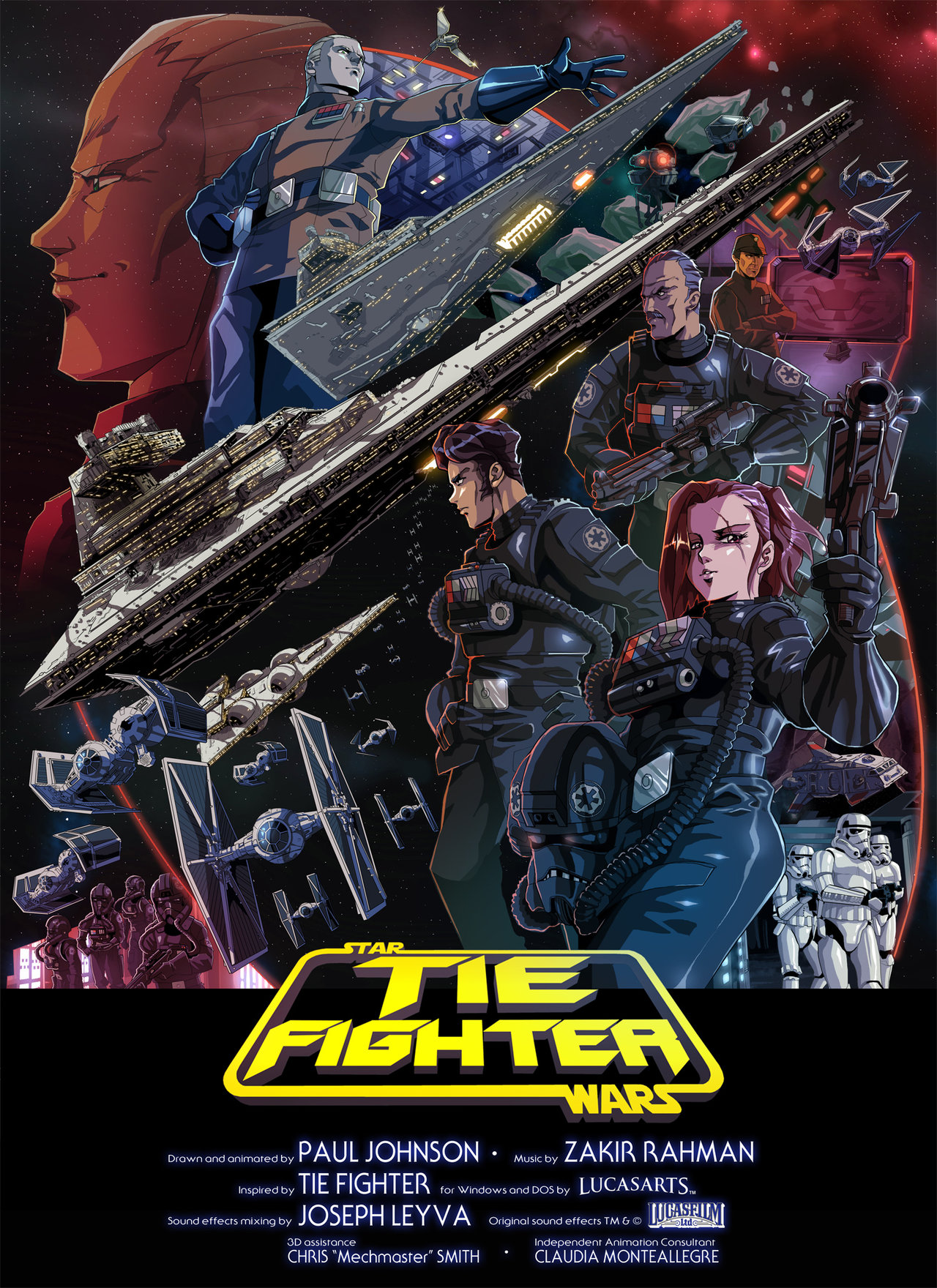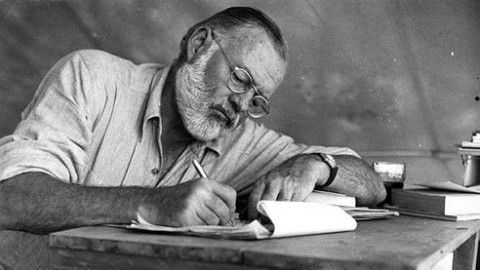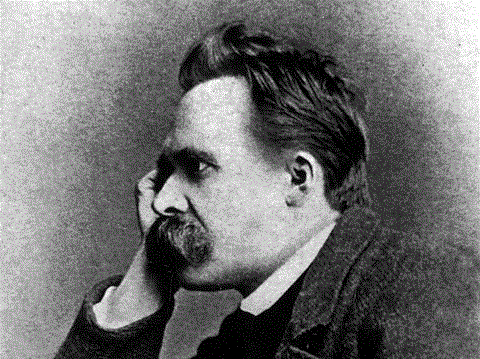Like many film fans, I grew up familiar with the term “Spaghetti western,” but I’d nearly reached adulthood before figuring out what, exactly, America’s most popular Italian dish had to do with America’s once-most popular movie genre. But even if they don’t know the specific definition of a Spaghetti western, those who enjoy them know a Spaghetti western when they see one. Sergio Leone’s A Fistful of Dollars, For a Few Dollars More, and The Good, the Bad, and the Ugly; Sergio Corbucci’s Minnesota Clay and Django; Enzo Barboni’s They Call Me Trinity and Trinity Is Still My Name — if a picture belongs in that company, nobody doubts it.
You’ll notice that all those directors have Italian names, and indeed, western all’italiana, the Italian equivalent of “Spaghetti western,” simply means “Italian-style western.” These Italian-produced tales of the lawless 19th-century American west, sometimes featuring fading or rising Hollywood stars (as with the young Clint Eastwood, who would become identified with Leone’s “Man with No Name”), and often shot in the Spanish desert, rode high from the mid-1960s to the early 70s, bringing a fresh sensibility and visceral impact which had for the most part drained out of the homegrown variety.
Trust a genre-loving auteur like Quentin Tarantino (and one who made his very own Django a few years back) to know Spaghetti westerns inside and out. While even those of us who never turn down the chance to enjoy a good Spaghetti western might struggle to name ten of them, Tarantino can easily run down his personal top twenty:
- The Good, the Bad, and the Ugly (Sergio Leone, 1966)
- For a Few Dollars More (Sergio Leone, 1965)
- Django (Sergio Corbucci, 1966)
- The Mercenary (Sergio Corbucci, 1966)
- Once Upon a Time in the West (Sergio Leone, 1968)
- A Fistful of Dollars (Sergio Leone, 1964)
- Day of Anger (Tonino Valerii, 1967)
- Death Rides a Horse (Giulio Petroni, 1967)
- Navajo Joe (Sergio Corbucci,1966)
- The Return of Ringo (Duccio Tessar, 1965)
- The Big Gundown (Sergio Sollima, 1966)
- A Pistol for Ringo (Duccio Tessari, 1965)
- The Dirty Outlaws (Franco Rossetti, 1967)
- The Great Silence (Sergio Corbucci, 1968)
- The Grand Duel (Giancarlo Santi, 1972)
- Shoot the Living, Pray for the Dead (Giuseppe Vari, 1971)
- Tepepa (Giulio Petroni, 1968)
- The Ugly Ones (Eugenio Martin, 1966)
- Viva Django! (Ferdinando Baldi, 1967)
- Machine Gun Killers (Paolo Bianchini, 1968)
You can watch all the trailers of these Spaghetti western masterpieces in the playlist above, created by The Spaghetti Western Database. Some may now strike you as disarmingly straightforward about ballyhooing the excitement promised by the feature they advertise, and you may find others surprisingly funny and more self-aware. While I defy anyone to watch the entire playlist of trailers without wanting to dive into this surprisingly little-explored tradition, nothing gets me quite as excited about watching a movie — old or new, subtle or schlocky, genre or otherwise — as Tarantino’s contagious cinephilia.
via The Spaghetti Western Database
Related Content:
Quentin Tarantino’s Handwritten List of the 11 “Greatest Movies”
Watch John Wayne Star in 25 Classic Westerns: All Free Online
The Great Train Robbery: Where Westerns Began
Colin Marshall hosts and produces Notebook on Cities and Culture as well as the video series The City in Cinema and writes essays on cities, language, Asia, and men’s style. He’s at work on a book about Los Angeles, A Los Angeles Primer. Follow him on Twitter at @colinmarshall or on Facebook.






